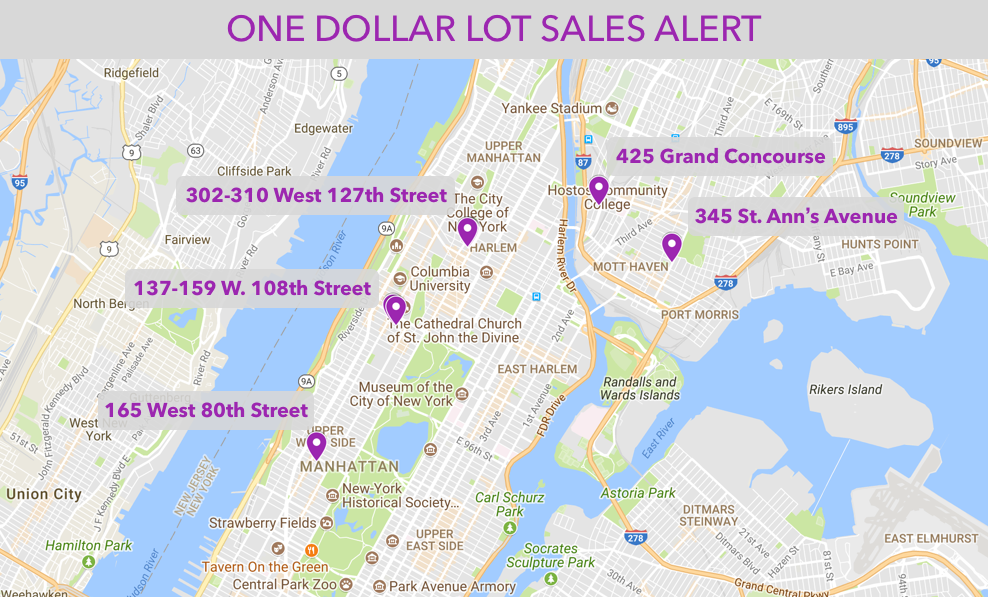Land that will be acquired by the City of New York will become public land and present opportunities for neighbors to control development in their communities. We believe the new administration has the power to create the conditions for equitable use of this public resource. We call for equitable re-development of land acquired by New York City and New York State in Sandy-affected areas.

Following Superstorm Sandy, the federal government set aside funds for the State and City of New York to acquire destroyed or damaged properties. Some funds will be used to buy homes for the creation of open space that will serve as a buffer against future storms. Other funds will be used for an acquisition program that earmarks lots for city redevelopment.
Electing for the city to acquire and redevelop your property — with no guarantee that you and your family will be able to return to the neighborhood and benefit from redevelopment — is a desperate choice, but a likely one for many New Yorkers in Sandy-affected areas. Once the Biggert-Waters Act goes into effect, roughly 34,500 properties in our coastal communities that were flooded by Sandy will be affected by rising insurance costs. Properties currently outside the high-risk flood insurance zones with annual premiums of $429 could face new annual burdens of $5,000 to $10,000. No funding has been made available to elevate homes that were not completely destroyed in the storm. Those who cannot afford to pay for elevation will face rising insurance costs.
Over 30% of households in areas with looming insurance price hikes earn less than 60% of the Area Median Income. Moreover, New York City is in the midst of a severe affordable housing shortage, with a homeless population of over 50,000 people. New development in Sandy-affected areas should be mixed-income and reflect pre-Sandy income levels. Preference should be given to displaced residents. Long-term affordability mechanisms should be put in place.
Through the funding allocated for acquisition and redevelopment of properties in Sandy-affected communities, the city has a unique opportunity to support local development capacity that puts communities in control of their housing. We urge that the block grant funding be used to support new community land trusts and non-profit, neighborhood-based development corporations. These trusts and developers must be under a mandate to create and permanently maintain housing that is affordable to neighborhood residents who have been displaced by the disaster or by the unworkable economics of the storm recovery process.
With the opportunity to redevelop large swaths of land, the incoming administration has an incredible opportunity to stabilize New York City’s low- and moderate-income coastal neighborhoods. Site design and community engagement in the design process will shape New York City’s future social and ecological resiliency. It will determine whether the storm leaves in its wake safer communities for those who experienced it first hand or an opportunity for speculation and developer-driven change along our coastlines.
This statement was made by a coalition of organizations and individuals who have come together, with leadership from 596 Acres, as a watchdog group for redevelopment in Sandy-affected areas of New York City:
Tom Cunsolo, Staten Island Alliance
Meghan Faux & Margaret Becker, Legal Services NYC
Zoe Hamstead, Doctoral Student, The New School
Peleg Kremer, Post Doctoral Fellow, Tishman Environment and Design Center, The New School
Elizabeth Malone, Neighborhood Housing Services of NY C, Program Director, Resiliency & Insurance Services
Paula Z. Segal, Director, 596 Acres






